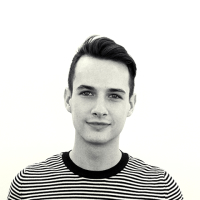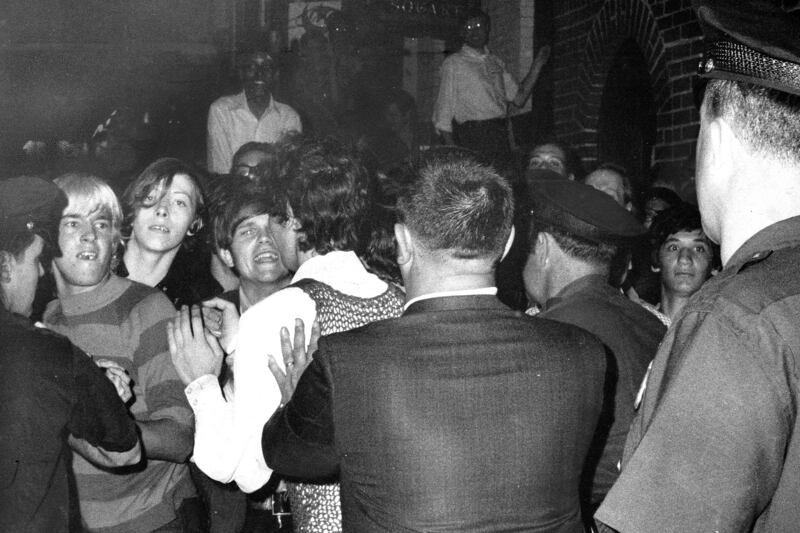
On June 28, 1969, after constant raids on gay-friendly establishments by the police, a routine raid at the Stonewall Inn in New York City sparked a riot heard 'round the world as members of the gay, lesbian, bisexual, and transgendered community banded together in support of equality. The following year, an anniversary march was held in New York. Spreading around the globe, celebrations of liberation and pride have been held annually in cities around the world since then, growing to include over 1 million people today.
Now, 45 years later, the White House is hosting it's first LGBT Pride Celebration on June 30, officially recognizing June as LGBT Pride Month. While there is still work to be done on both a local and a global scale to achieve full equality, take a look at how the movement has progressed across the globe since 1969.
New York Daily News Archive/Getty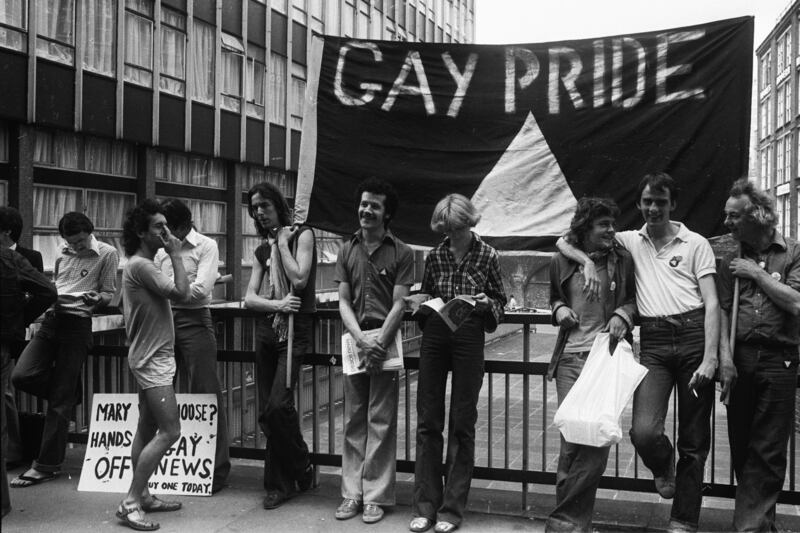
In 1972, the first British gay pride rally was held in London with 1,000 people marching from Trafalgar Square to Hyde Park. London pride has become one of the largest celebrations in Europe and festivities have since spread across the country to major cities like Brighton, Liverpool, and Manchester. Same-sex marriage became legal in the country in 2014.
Malcolm Clarke/Getty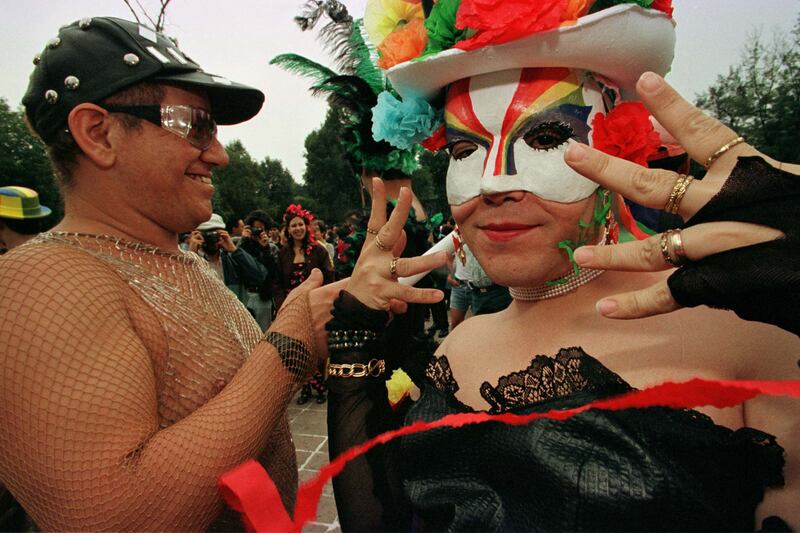
Over 1,000 people turned out to support Mexico’s first gay pride parade, which took place in the country’s capital, Mexico City, in 1979. Each year, a new slogan is chosen to highlight different aspects of the LGBT community, which raises awareness for HIV/AIDS and advocates for social and economic rights. Over the years, the celebration has grown to involve over 400,000 people. Same-sex marriage has been legal in Mexico City since 2009, but it is still banned in certain parts of the country.
Reuters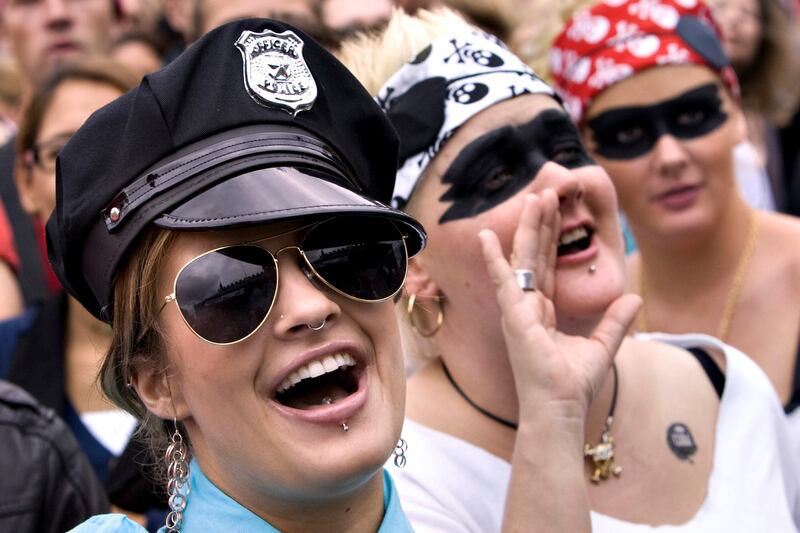
Copenhagen has one of the oldest active LGBT rights groups, with the National Association for Gays and Lesbians having been founded in 1948. Copenhagen also hosts the country’s largest pride celebration, bringing over 20,000 visitors to the nation's capital in 2013. The country was the very first to recognize same-sex marriage under a “registered partnership” law. It was later revised to “marriage” in 1989.
Scanpix Scanpix/Reuters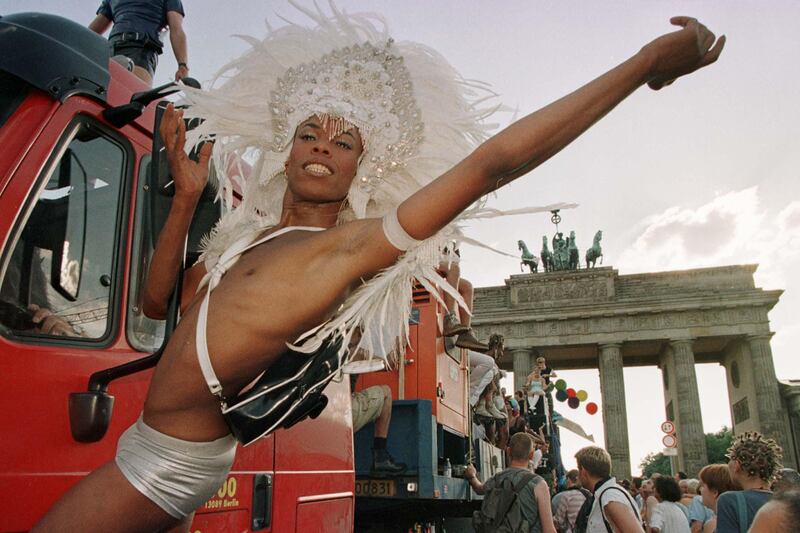
While the first documented LGBT parade in Germany occurred in Munster on April 29, 1972, Germany officially joined the world in remembering Christopher Street Liberation Day (the anniversary of the Stonewall Riots) in 1979 by hosting its first celebration in Berlin. Part political, with speeches and appearances by local government members, and part “carnival,” the festivities have grown to well over 700,000 people and also occur in Hamburg and Cologne, among other cities, throughout the months of July and August.
Reuters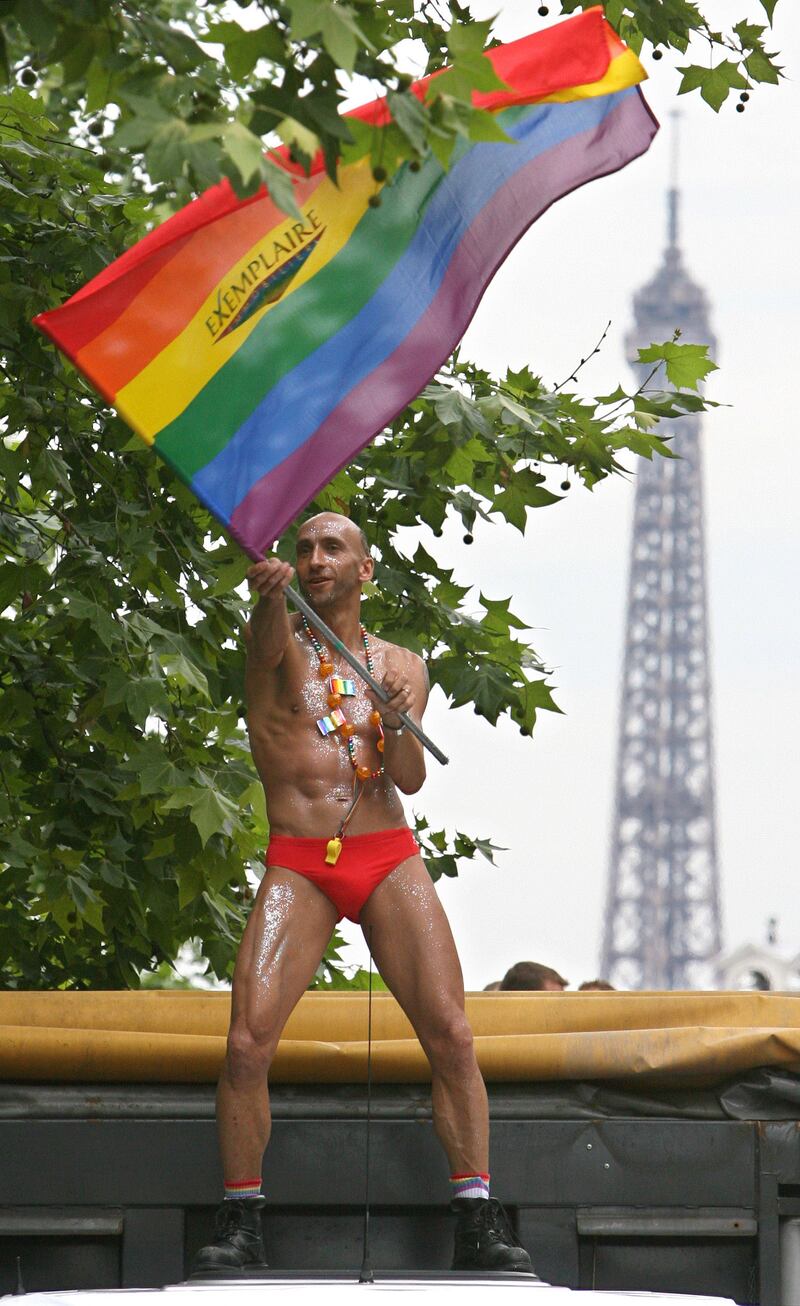
The first attempt at a parade took place in 1971, but failed to become an annual occurrence until the mid 80s. Paris now hosts France’s largest pride celebration, attracting close to a quarter of a million people to the nation’s capital. Despite the numerous, and often violent, anti-gay marriage protests, France celebrated its first same-sex marriage in 2013.
Philippe Wojazer/Reuters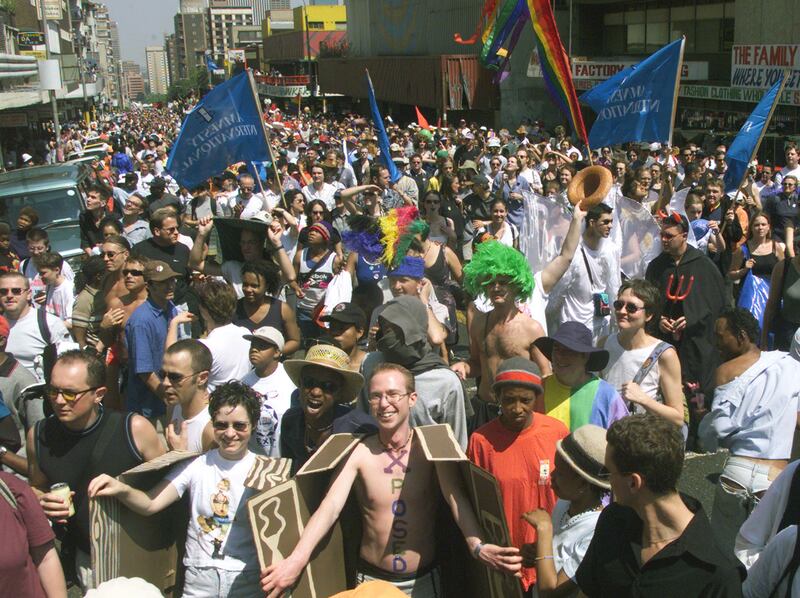
Home to the very first LGBT pride march on the African continent, the Johannesburg celebration has grown to well over 30,000 participants since 1990. Similar celebrations have spread to Cape Town, Durban, and Soweto, among others. In 2006, the country became the fifth in Africa—and second outside of Europe—to legalize same-sex marriage.
Reuters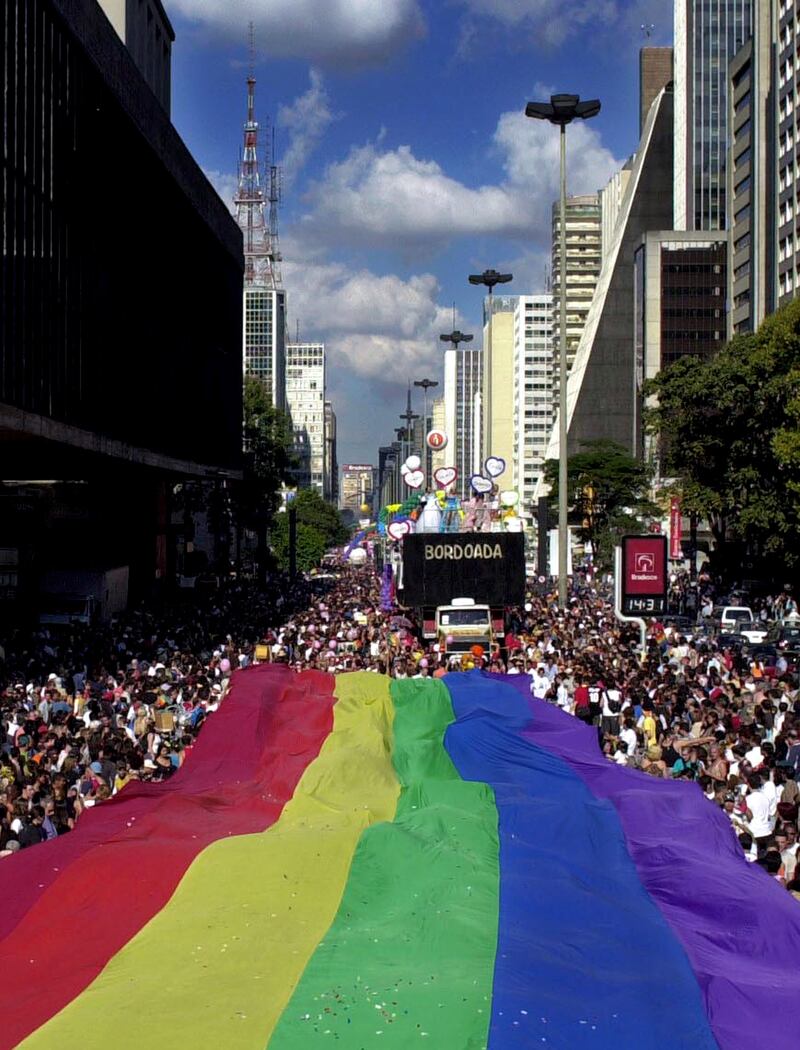
Since its inaugural parade in 1997, which included roughly 2,000 participants, Sao Paulo Pride has become the largest LGBT celebration in the world, attracting a reported 3.2 million people in 2009. The festivities are heavily supported and funded by the federal government. Brazil recognized same-sex marriages in 2013.
Reuters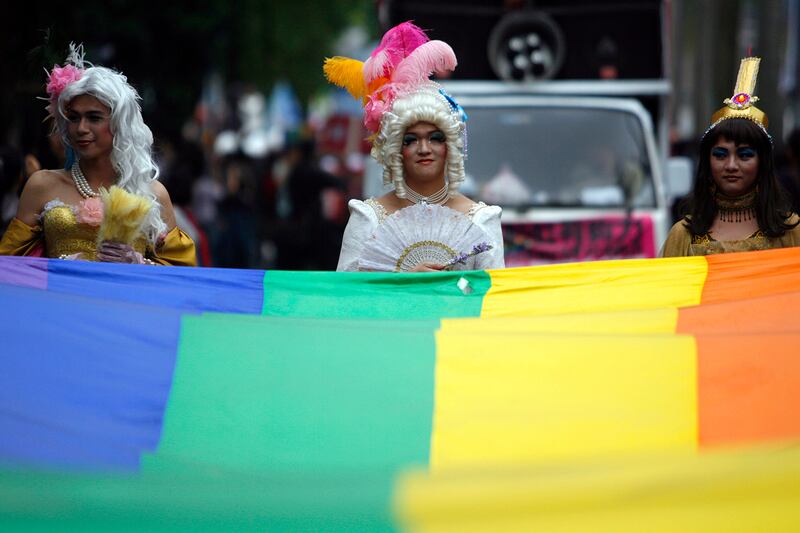
In 2003, Taiwan held its first pride parade in Taipei, drawing in over 1,000 people as well as the soon-to-be president Ma Ying-jeou. While homosexuality still remains taboo within the country’s culture, the celebration has grown to over 30,000 people and represents citizens from Japan and Thailand.
Nicky Loh/Reuters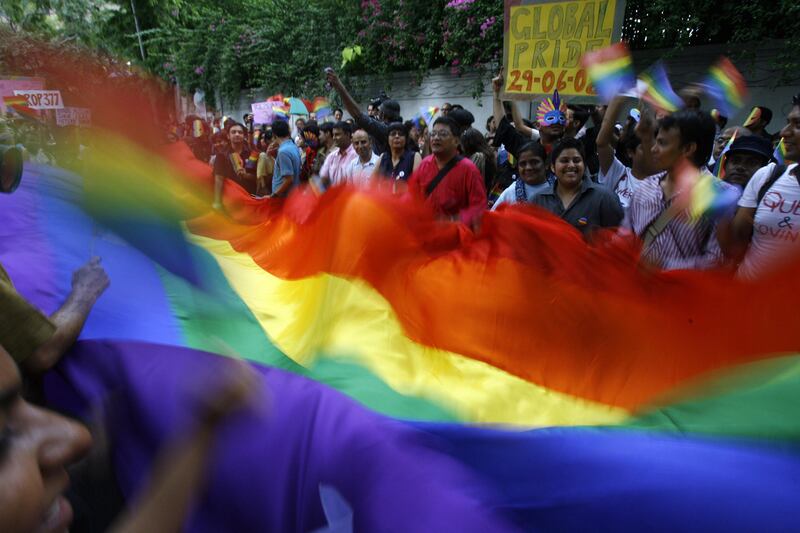
Kolkata celebrated its first pride parade in 1999, but other major cities introduced their own versions in 2008 when Delhi, Bangalore, and Pondicherry hosted LGBT celebrations in conjunction with Kolkata. The parade attracted roughly 2,200 people, and, the following day, India’s Prime Minister appealed for social tolerance for the minority group, soon leading to the decriminalization of sexual conduct between same-sex couples.
AFP/Getty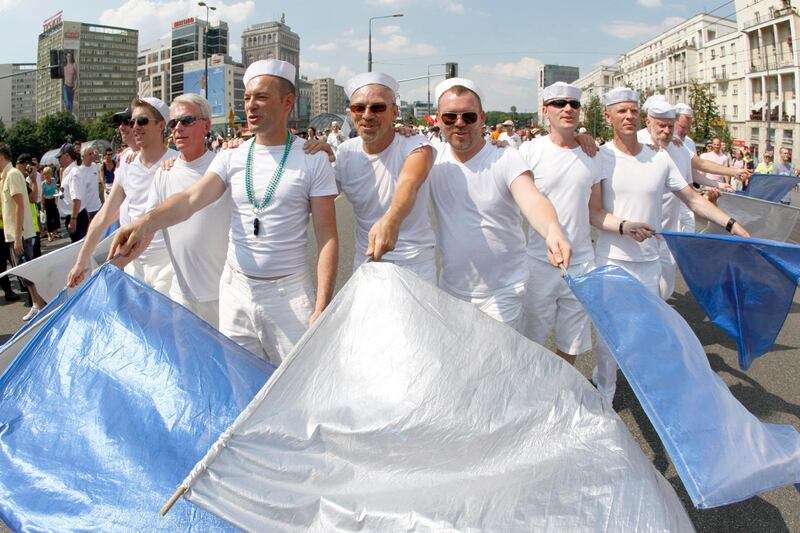
Poland has hosted an annual pride parade even though authorities officially banned it in 2005 (a move that was later dismissed by the EU). In 2010, while hosting EuroPride, an annual celebration held in a different European city each year, Warsaw saw more than 8,000 attendees.
Kacper Pempel/Reuters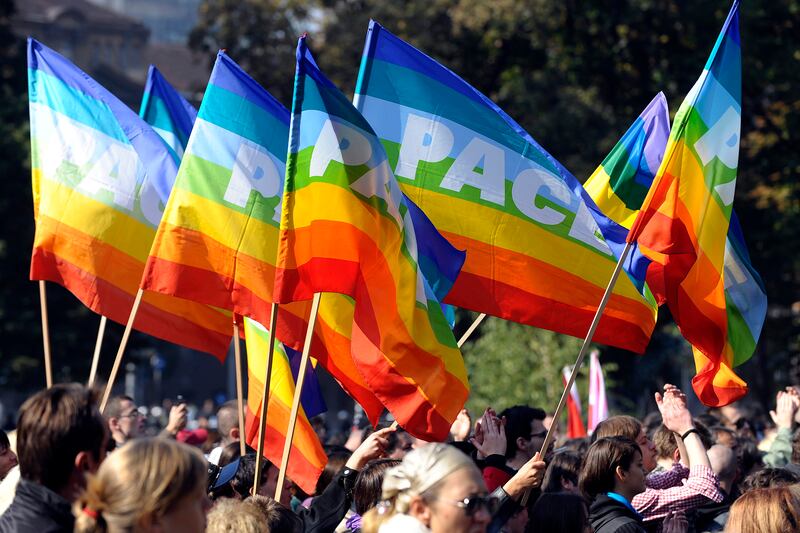
While there is a worldwide liberation movement for LGBT rights, some countries still face discrimination and intolerance. In 2001, when Serbian groups held their first pride march, they were met with strong and violent opposition, forcing the parade to disband. A second attempt occurred in 2009, but it failed due to strong public threats by extremists. Finally, in 2010, over 1,000 marchers gathered and officially marched in Belgrade, with strong security forces clashing with six thousand protestors.
AFP/Getty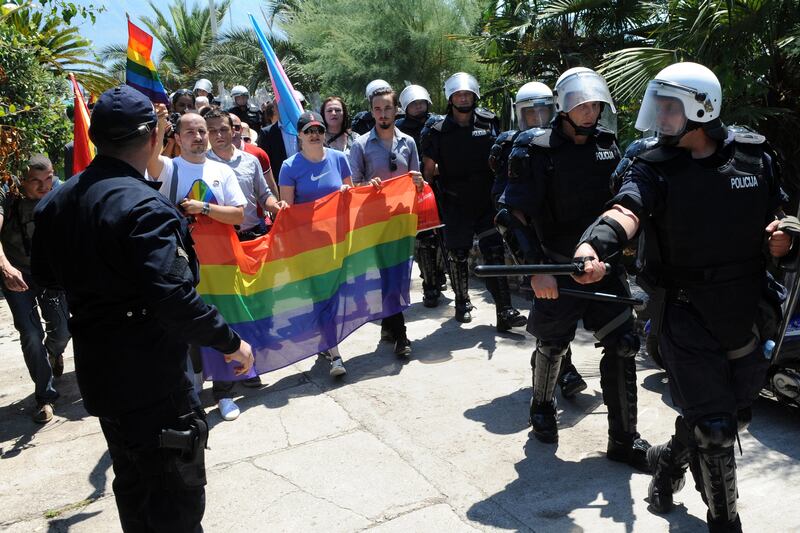
Similar violence occurred when the European coastal country of Montenegro attempted to hold its first pride march in 2013 with around 150 supporters in attendance. Police were forced to fire tear gas onto anti-gay extremists as they ambushed marchers in Podgorica with rocks and firebombs.
AFP/Getty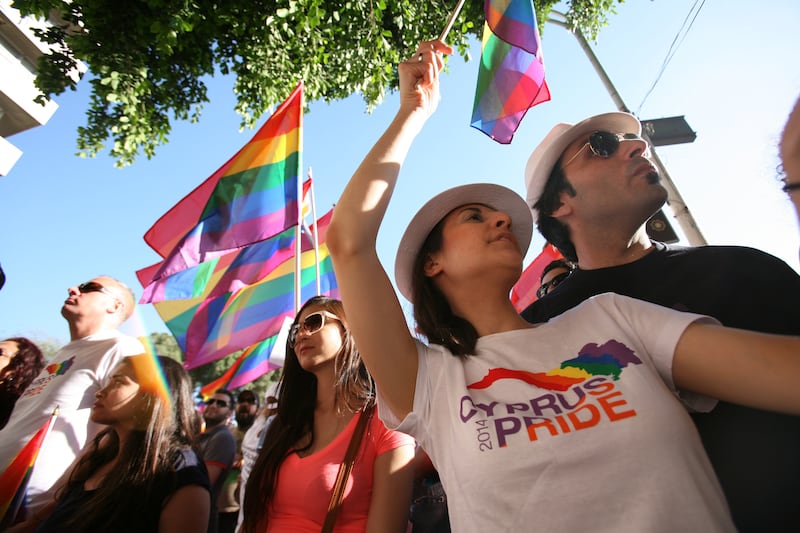
But reform is still spreading. On May 31, several thousand people showed up in Nicosia, Cyprus—a small country on the Mediterranean Sea—to march in the country’s first pride parade on behalf of the LGBT community. While protests and a few violent actions occurred, the turnout proved that the views of culturally traditional citizens are progressing.
AFP/Getty